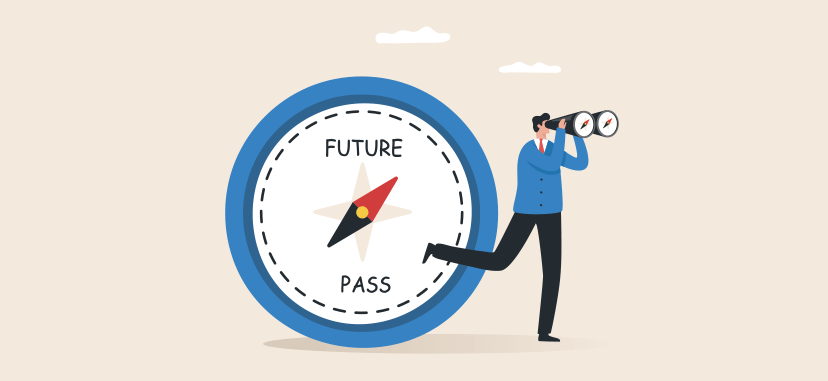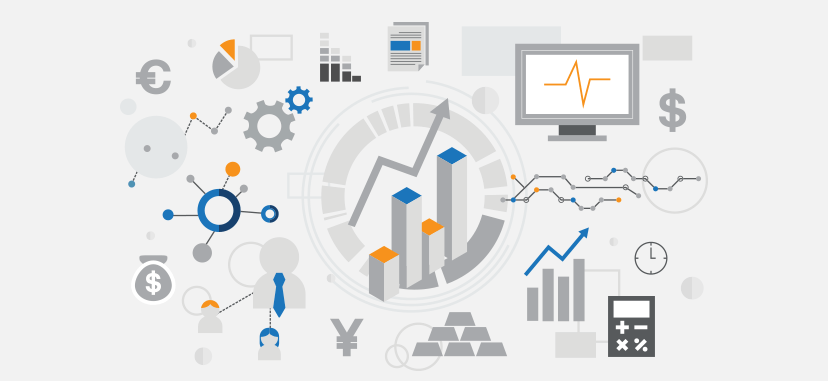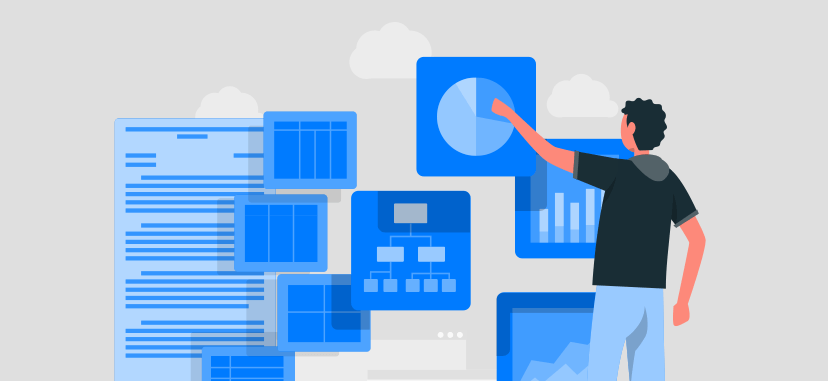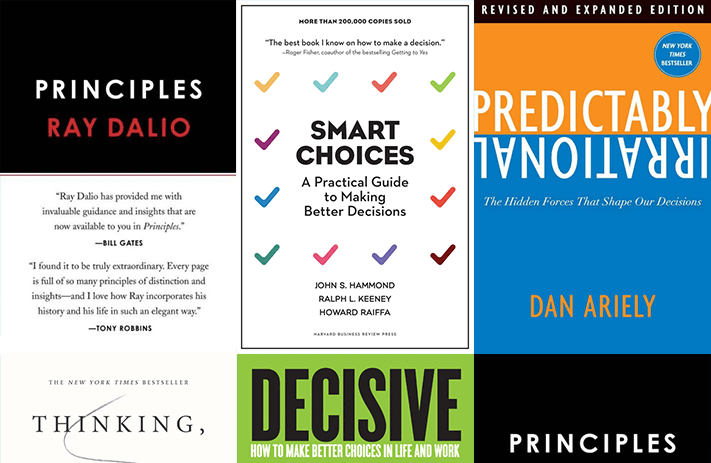
Click the button to start reading
Business Forecasting: What It Is and Why You Need It.
What brings you here?
Perhaps you’re a business owner who’s looking to expand your operations.
Or maybe you’re a manager who wants to be able to make more informed decisions about your team’s budget.
In either case, understanding and using business forecasting can help you achieve your goals.
Business forecasting is an essential tool for any business leader. By understanding what is, why it matters, and how to start doing it, you can take your business to the next level.
Forecasting is not an exact science, but there are some tried-and-true methods that businesses can use to improve their chances of making accurate predictions.
In this blog post, we’ll take a deep dive into the world of business forecasting and explore some of the most effective techniques for doing it right.
So strap in and get ready to learn everything there is to know about business forecasting!

What is Forecasting?
Business forecasting is the process of making predictions about future events and trends in the marketplace.
Essentially, it’s all about trying to peek inside the crystal ball to see what the future holds for your particular industry.
It involves using historical data, economic indicators, and your own business knowledge to make informed predictions about where the market is headed.
The purpose is to minimize the risks and maximize the opportunities that your business will face in the future. Like anticipating consumer needs, spotting market trends early, and making strategic decisions about where to allocate resources.
Why Does Business Forecasting Matter?
It’s probably obvious at this point, but business forecasting matters because it can help you make better decisions for your business.
If you have a good handle on where the market is headed, you can make decisions that will put your business in a position to succeed.
For example, let’s say a business has identified a trend of increasing customer demand during the summer months. Based on this information, the business could choose to increase production during the summer months in order to meet customer demand and maximize sales revenue.
Alternatively, the business could choose to invest in marketing campaigns that target potential customers during the summer months in order to further increase sales revenue.
There’s a counter-argument to be made that forecasting is nothing more than educated guessing.
Sure, sometimes businesses will get lucky and accurately predict a major market trend. But more often than not, business leaders rely on reliable data and sound reasoning to make their predictions.
And while no one can ever know the future with 100% certainty, making informed predictions is still far better than flying blind.
If you don’t bother with forecasting or do it poorly, you could end up making decisions that put your business at risk.

Benefits of business forecasting
Just take a look at some of the benefits that business forecasting can provide:
- Helps you make informed decisions about where to allocate resources
- Allows you to anticipate changes in the marketplace
- Helps you develop strategies for responding to market trends
- Gives you a competitive edge by allowing you to spot opportunities early
- Helps you avoid potential pitfalls by identifying risks early

Qualitative VS Quantitative – Weighing the Pros and Cons
Before we dive into some specific forecasting types, it’s important to understand the difference between qualitative and quantitative data.
This distinction is important because different businesses will have different amounts of access to each type of data.
Both types of data are important for business forecasting. But depending on the kind of business you have, you may have more access to one type.
Quantitative forecasts
Quantitative forecasts —> are based on past and historical data information that can be easily measured and quantified. This type of forecast rely’s on data and analytics to predict future events. Quantitative data is objective and can be measured. This might include things like sales figures, market share, customer satisfaction surveys, and so on.
Advantages:
- More accurate than qualitative forecasting, especially for long-term predictions
- Easier to measure and track results
- Can be used to develop mathematical models that help predict future events
Disadvantages:
- Requires large amounts of data, which may not always be available
- Can be complex and difficult to understand for non-experts
- May not always be accurate, especially for short-term predictions
Qualitative forecasts
Qualitative forecasts —> are based on subjective information, such as customer surveys or expert opinions. This type of forecast relies heavily on interpretation and can be more difficult to measure. Qualitative forecasts might include things like customer feedback, employee morale, brand perception, and so on.
Advantages:
- Does not require large amounts of data
- Can be used to predict future events that are difficult to quantify
- More flexible and adaptable than quantitative forecasting
Disadvantages:
- More difficult to measure and track results
- Subjective nature can lead to inaccuracies
- May be less reliable than quantitative forecasting for long-term predictions

Common Business Forecasting Methods
Now that we’ve gone over the basics of business forecasting, let’s take a look at some of the most common methods businesses use to make predictions.
1. Delphi Method
The Delphi method is a way of generating predictions by asking experts for their opinions.
These experts are asked to anonymously respond to a series of questions about the future of the industry or market. The responses are then compiled and analyzed to reach a consensus forecast.
Let’s say you want to forecast the future of the housing market. You would gather a group of experts — real estate agents, brokers, developers, and so on — and ask them for their opinions.
They would be asked to anonymously submit their responses. The key would be for the panel not to know who else was on the panel, to avoid any bias. These responses would be compiled and analyzed to generate a consensus forecast.
You would then compile all of these opinions and use them to make your prediction.
Since the Delphi Method is more subjective, it tends to be more accurate for short-term predictions. But when used correctly, it can be a valuable tool for long-term predictions as well, especially if used together with other methods.

2. Trend Analysis
Trend analysis is a quantitative method that uses historical data to identify trends and patterns. This information is then used to make predictions about the future.
For example, let’s say you wanted to create a content marketing strategy around the topic of guitar lessons. You would use trend analysis to see how often the term “guitar lessons” has been searched for over time.
This is a common tool used in search engines like Google and can give you a good idea of how popular a topic is.
If you see that the term “guitar lessons” has been trending upwards over the past few years, you can make the prediction that it will continue to do so in the future. That can inform your content marketing strategy and help you make decisions about the type of content you create and how to promote it.
Trend analysis is a valuable tool for business ventures as well as content marketing. It’s a good way to see how popular a product or service is and can help you make predictions about the future.
3. Regression Analysis
Regression analysis is similar to trend analysis in that it looks at historical data points; however, instead of extrapolating those data points into the future, regression analysis uses them to develop a mathematical model that can be used to predict future outcomes.
This method is more accurate than trend analysis but requires more data points and is more complex mathematically.
For example, let’s say you want to predict how many people will visit your website in the next month. You would gather data points on website traffic for the past year and use that information to develop a mathematical model.
This model would take into account things like seasonality (for example, traffic is usually higher in the summer than in the winter) and any other factors that might affect website traffic.
Once you have this model, you can then use it to predict how many people will visit your website in the future.

4. Econometric Modeling
Econometric modeling is a type of regression analysis that uses economic data to develop predictions. This method is often used to predict things like inflation, interest rates, and employment.
To create an econometric model, you would gather data on economic indicators like gross domestic product (GDP), inflation, and unemployment. You would then use that data to develop a mathematical model that can be used to make predictions about the future.
Econometric modeling is a complex method that requires a lot of data, but it can be a very accurate way to predict future economic conditions.

5. Surveys
You’ve probably heard the saying, “There’s no such thing as a stupid question.” That saying is especially true when it comes to surveys.
Asking people their opinions on a topic can be a very effective way to generate predictions. This method is often used by marketing research firms to predict things like consumer behavior.
To conduct a survey, you would develop a list of questions about a topic and then ask a group of people to answer those questions. The results of the survey can then be used to make predictions about the future.
Surveys are a relatively simple way to generate predictions, but they can be very effective. Just make sure that you ask good questions and survey a large enough group of people to get accurate results.
How to know what questions to ask? The simple answer, google. Yeah I know, it’s not that easy. Try these tips:
- Look at customer reviews of your product or service. What are people saying?
- Look at competitor products or services. What do their customers like or dislike?
- Use social media to find out what people are talking about in your industry.
- Use Google AdWords to find out what people are searching for.
- Use Google Trends to see what topics are trending up or down.
- Ask your employees what they think.
- Ask your customers what they want.
Surveys are a great way to gather data, but you need to be careful about how you use that data. Just because someone says they will do something doesn’t mean they actually will.
For example, let’s say you conduct a survey and find out that 70% of people say they are likely to buy your product. However, when you launch your product, only 10% of those people actually buy it.
This doesn’t mean that surveys are useless. It just means that you need to be careful about how you interpret the data.

6. Sales Forecast
A sales forecast is a prediction of how much of a product or service will be sold in a given period of time. This method is often used by businesses to predict things like future sales, inventory levels, and staffing needs.
To create a sales forecast, you would gather data on past sales and use that information to develop a mathematical model. This model would take into account things like seasonality (for example, sales are usually higher in the fourth quarter because of holiday shopping) and any other factors that might affect sales.
Once you have this model, you can then use it to predict how much of a product or service will be sold in the future.

How to start using business forecasting in your own business?
If you’re not already using business forecasting in your business, now is the time to start. Business forecasting can help you make better decisions about things like marketing, product development, and even hiring.
1. To get started, you need to gather data on your business. This data can be anything from financial data to customer surveys. The more variety of data you have, the better.
In fact, if you’re not sure what data to collect, a good place to start is with your financial data. This data can give you insights into things like sales trends and customer behavior. After-all, when you follow the money, it usually leads you to the truth.
2. Once you have this data, you need to start analyzing it. This can be done using a variety of methods, but one of the most popular methods is regression analysis. This method allows you to find relationships between different variables in your data.
For example, let’s say you have data on sales, marketing expenses, and customer satisfaction. Using regression analysis, you could find out if there is a relationship between marketing expenses and sales. If there is a relationship, you can then start to predict how changes in marketing expenses will affect sales.
3. After you’ve analyzed your data, it’s time to start making predictions. This is where business forecasting comes in. Using the data and relationships you’ve found, you can start to predict things like future sales, customer behavior, and even the stock market.
4. To make sure your predictions are as accurate as possible, it’s important to test them. This can be done by doing things like comparing your predictions to actual data. If your predictions are accurate, it means you’re on the right track. If not, it means you need to adjust your model.
5. Finally, once you’ve made your predictions, it’s time to take action. This is where business forecasting really comes in handy. By making decisions based on your predictions, you can help ensure that your business is successful.

3 Common Pitfalls to Avoid When forecasting
No matter how good your forecasting methods are, there’s always a chance that something could go wrong. Here are three common pitfalls to avoid when forecasting:
1. Over-optimism
It’s easy to be over-optimistic when you’re making predictions about the future. After all, you want your business to be successful. However, this over-optimism can lead you to make inaccurate predictions.
To avoid this, it’s important to be realistic when forecasting. Yes, it’s possible that your business will do better than you expect, but it’s also possible that it will do worse. It’s important to account for both possibilities in your forecasts.
2. Over-relying on historical data
Historical data can be a great starting point for forecasting. However, it’s important to remember that the future is not always like the past. There are always new factors that can affect your business, so relying too heavily on historical data can lead to inaccurate predictions.
3. Shoehorning the data
This is a common mistake that people make when they’re trying to make predictions. They force the data to fit their desired outcome instead of letting the data speak for itself.
To avoid this, it’s important to be open-minded when forecasting. Be willing to change your predictions based on what the data is telling you.
By avoiding these pitfalls, you can improve your chances of making accurate predictions.

Warning: One Important Qualifier
There are moments when models get blown up by outlier events. A single data point that’s far from the rest can have a big impact on your results.
This happened with the Covid Lockdowns. Businesses that were forced to close had zero sales for a period of time. This created an outlier that distorted the data.
When you’re analyzing your data, it’s important to look for random situations and adjust your models accordingly. Otherwise, you run the risk of making inaccurate predictions.
Final Thoughts
So, whether you’re a startup or an established business, forecasting is something that should be in your toolkit. Not only will it give you a glimpse into the future, but it will also help you make better decisions today.
If you’re not already using business forecasting in your business, now is the time to start. Follow the steps outlined in this article, and you’ll be well on your way to making better decisions for your business.
We hope this article has been helpful and given you a good foundation to start forecasting for your own business.
Be sure to come back and visit the teamly blog for more great content like this!
















